The last trip of my year’s sabbatical was the most distant and the most exotic.
To celebrate Sally’s 60th we were returning to East Africa after 25 years, this time with grown children, their partners and 10 yr old grandson joining us at various stages.
Although not strictly a rambling trip, we did start with a week or so exploring mountain ranges inland before retiring to Mafia island for Christmas so I have posted a blog as my finale of the years wanderings. 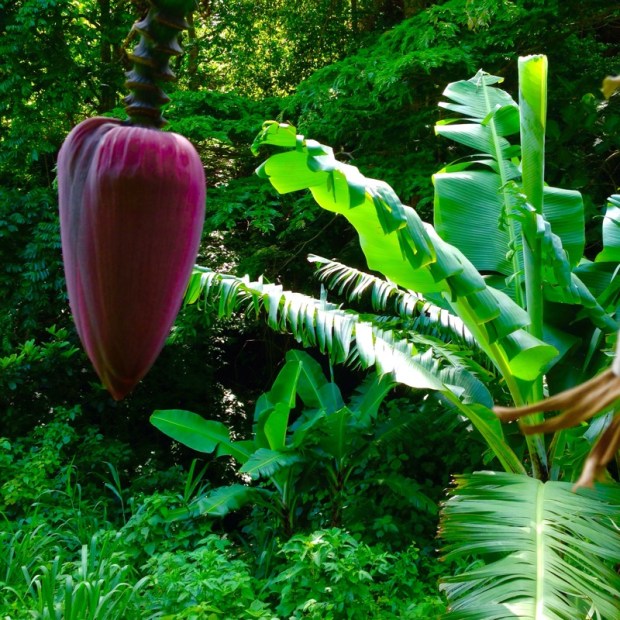
Rising 2700m from the fertile plains south of Morogoro the lush slopes of the Uluguru mountains were our first destination in Tanzania. They are part of the Eastern Arc chain and contain some of the oldest original forest in Africa on their higher ground with a wealth of endemic species of birds plants and insects. 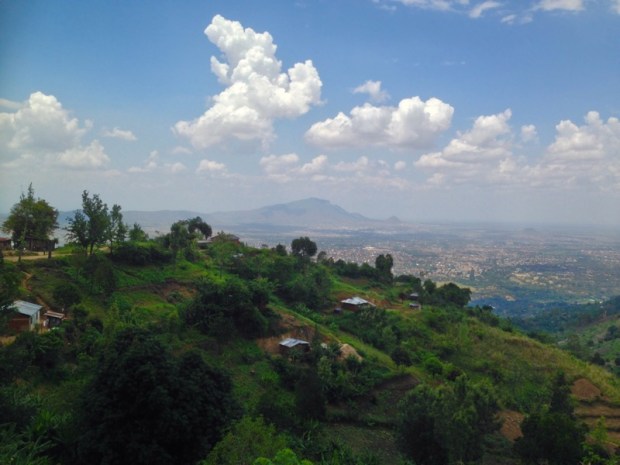
After 4 hours on the hard seats of a bus from Dar de Salaam we were grateful to be picked up by our Maasai AirB+B host Ibram. After a stop at his nearby home shared with French wife Fanny and baby William we headed into Morogoro, a town of 250,000, to visit the Chilunga Culural Tourism office where we organised a guided hike up to an old German Mission station for the following day.
Starting at 8am with our guide, Noel, and another trainee we headed up the wide avenue shaded by “Christmas trees”, so called because of their fiery red flowers at this time of year.
 We were truly grateful for all the shade we could get as the temperature quickly rose to the high thirtys and the humidity reached saturation point. It wasn’t long before we had run out of tarmac and were climbing up the red dirt tracks passed simple homesteads and into a conservation zone.
We were truly grateful for all the shade we could get as the temperature quickly rose to the high thirtys and the humidity reached saturation point. It wasn’t long before we had run out of tarmac and were climbing up the red dirt tracks passed simple homesteads and into a conservation zone.
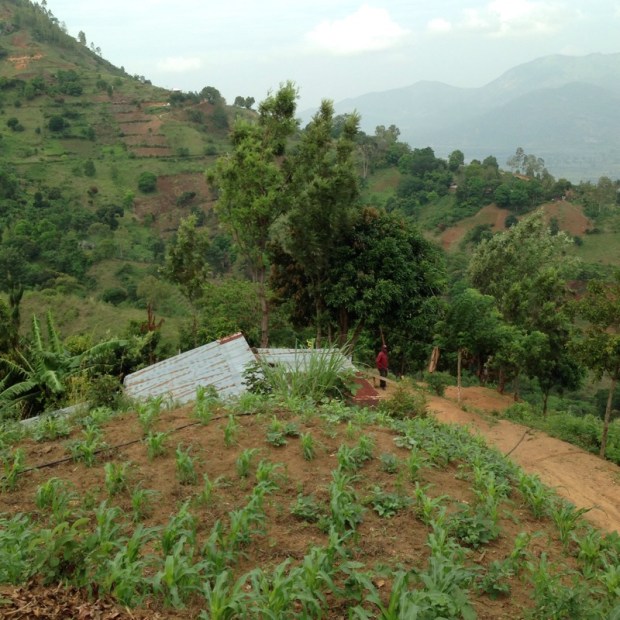 There were terraces of onion, garlic,beans, corn and a whole load of other unidentifiable crops. The soil looked deep and fertile and there was an abundance of water running in ditches beside the track. Our guides pointed out various flora and told us their uses such as the kapok tree with its seed pods full of cotton like fluff.
There were terraces of onion, garlic,beans, corn and a whole load of other unidentifiable crops. The soil looked deep and fertile and there was an abundance of water running in ditches beside the track. Our guides pointed out various flora and told us their uses such as the kapok tree with its seed pods full of cotton like fluff.
We passed through the tiny village of Ruvuma with its mud and corrugated huts and gangs of kids playing while the adults worked the steep terraced fields scratched into the surrounding hillsides.
The track narrowed to a path and then became steeper and we stopped when crossing the streams to splash water on our faces and dowse our heads to cool off. The whitish buildings of Morningside became visible on the distant mountainside and half an hour later we were grateful to collapse in the shade after our 900m climb.
The history of the place was a little confusing but it seems to have been built around 1910 by German missionaries using slave labour!
But it is also described as being a villa, a hotel and a mountain hut. Whatever it was its now pretty dilapidated but still being used as a home by some locals and I believe hikers can stay there for a euro or so. All around us were the productive self composting ladder terraces of the Luguru people of whom 100,000 live in these mountains growing a wide variety of grains, veg, fruits and coffee with the help of all the clean clear water.
 The tribe are unusually and strongly matrilineal with the land being the property of women and passing from mother to daughter. This gives the women great independence and divorce is common, the man being sent away with nothing more than the clothes on his back.
The tribe are unusually and strongly matrilineal with the land being the property of women and passing from mother to daughter. This gives the women great independence and divorce is common, the man being sent away with nothing more than the clothes on his back.
The feminine touch is also apparent in the traditional ugongo (joking) relationships between villages where conflict is avoided through a system of friendship, neighbourliness and good humour with an expectation of sharing food in hard times.
After a restful picnic lunch the hike back down was easy enough but we still felt the need to stop off at the bottom for a cold beer at the cool and shady “Rock Garden”, a natural and man made forest garden set among the river cascades.
 Set up by benevolent Japanese some 40 years ago it’s a great spot to chill, eat, drink, swim, play and camp with giant bamboo and assorted exotica.
Set up by benevolent Japanese some 40 years ago it’s a great spot to chill, eat, drink, swim, play and camp with giant bamboo and assorted exotica.
The next day we headed north on the Dodoma road for an hour or so with Ibra who wanted to take us to the Maasai market where his fellow tribesmen and women came to deal in cattle, goat and other necessities of village and nomadic life. We were very privileged to have a host that could open doors to us that outsiders wouldn’t normally have access to.
The sprawl of tin roofed suburban homes gradually gave way to a smattering of mud walled and palm frond thatched huts and then nothing but dry savannah for miles and miles. Eventually we lurched off road and into a scene that looked unchanged for centuries.
The men can spend a week walking their cattle, which are a Maasai ‘s wealth, to the market and a fierce amount of trading takes place to ensure they don’t have to walk them home again.
 A lot of the beasts don’t walk anywhere after the market as many are slaughtered, butchered and cooked (and eaten) on the spot in a very efficient, if not in our eyes particularly hygienic, fashion.
A lot of the beasts don’t walk anywhere after the market as many are slaughtered, butchered and cooked (and eaten) on the spot in a very efficient, if not in our eyes particularly hygienic, fashion.
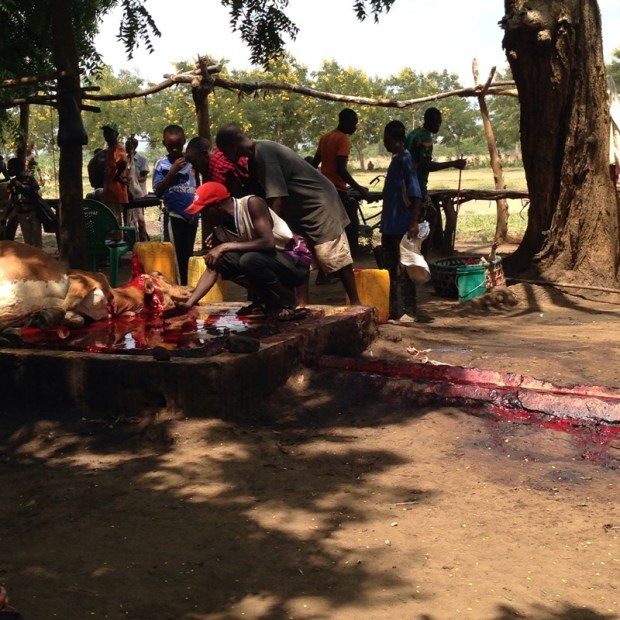
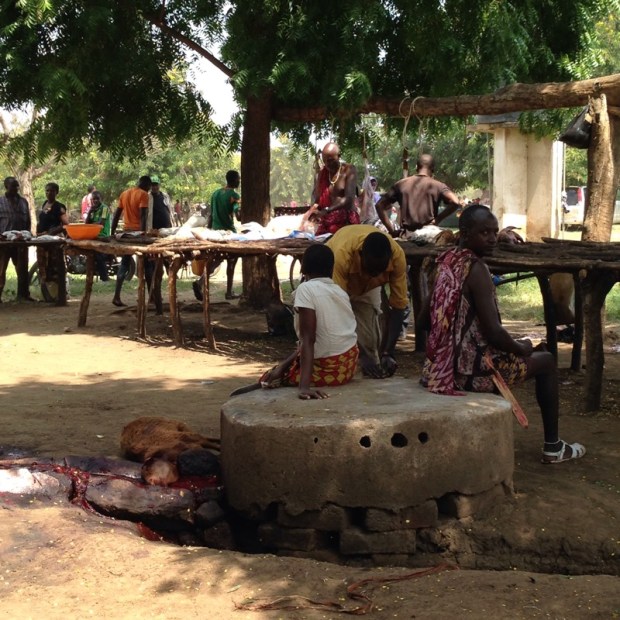
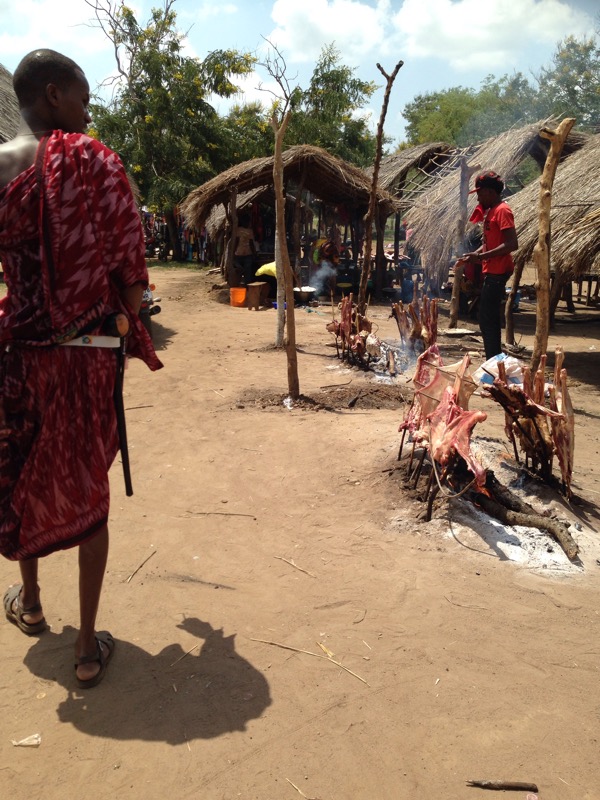 The Maasai don’t do vegetarianism and can survive purely on their cattle meat, blood and milk for long periods. They have a very proud warrior status, a reputation that they are not to be messed with and always carry their knives ,sticks and clubs.
The Maasai don’t do vegetarianism and can survive purely on their cattle meat, blood and milk for long periods. They have a very proud warrior status, a reputation that they are not to be messed with and always carry their knives ,sticks and clubs.
Ibra, whose father had 5 wives, has 40 siblings and an interesting history and future having moved away from traditional life and married a French women. He has concerns about the sustainability of the tribal lifestyle with problems of overgrazing and the spread of aids and has put together a record and music video to promote his ideas among the Maasai.
He used a trip to take us to our next destination as an opportunity to visit his village and the next day we piled into his jeep for the 4 1/2hr drive southwest to the Udzungwa mountains.
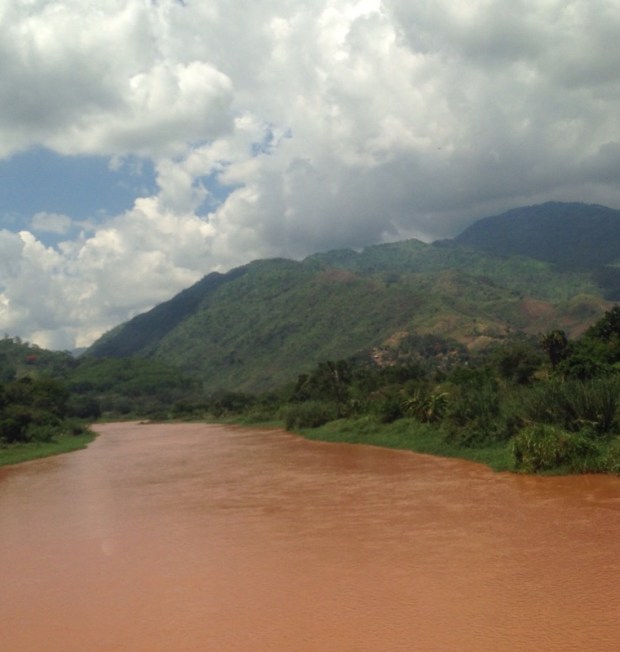 The last couple of hours were on very rough and rutted sandy tracks and at one point we feared for the car as we were nearly swallowed by a massive mud pool and it was with relief that we turned into the entrance to our camp ,Hondo Hondo,and made ourselves at home in our mud and thatch ” banda’s”.
The last couple of hours were on very rough and rutted sandy tracks and at one point we feared for the car as we were nearly swallowed by a massive mud pool and it was with relief that we turned into the entrance to our camp ,Hondo Hondo,and made ourselves at home in our mud and thatch ” banda’s”.
 It was a very beautiful and tranquil spot with the 1900sq km Udzungwa Mountains National Park starting a step behind us, and we had it to ourselves. The last peaks in the Eastern African Arc that start in Kenya ,their great age and isolation has enabled many endemic species to evolve and the forests have remained pristine thanks to the unusually steep terrain precluding cultivation. Taboos have also helped their conservation as the forest was left untouched as the abode of ancestor spirits, often the way in places with large primate populations. And there were plenty of primates about. Baboons ran all around us and more tree loving species called from the forest.
It was a very beautiful and tranquil spot with the 1900sq km Udzungwa Mountains National Park starting a step behind us, and we had it to ourselves. The last peaks in the Eastern African Arc that start in Kenya ,their great age and isolation has enabled many endemic species to evolve and the forests have remained pristine thanks to the unusually steep terrain precluding cultivation. Taboos have also helped their conservation as the forest was left untouched as the abode of ancestor spirits, often the way in places with large primate populations. And there were plenty of primates about. Baboons ran all around us and more tree loving species called from the forest.
We went for an exploratory stroll into the forest and soon came upon a fence of sorts designed to keep elephants out. The huge beasts don’t like bees so hives are strung on fence wire and if shaken or knocked…….!

 After the power cuts and mains water problems of Morogoro town it was nice to have solar powered lights and mountain stream fed showers and over a lovely dinner serenaded by birdsong and entertained by mongoose we organised the next two days hikes into the hills starting with a 5 hour trip to a series of waterfalls the following morning.
After the power cuts and mains water problems of Morogoro town it was nice to have solar powered lights and mountain stream fed showers and over a lovely dinner serenaded by birdsong and entertained by mongoose we organised the next two days hikes into the hills starting with a 5 hour trip to a series of waterfalls the following morning.
We had to start by getting a ride with Francis in a battered old Landcruiser to the Park HQ where we payed our $30 each conservation fee and had a talk from our obligatory guide, Gordy. He then joined us in the jeep for the ride back to the nearest village, sanje, and the start of the circular trail which led up and down on earthen paths hacked out of the jungle floor. There was a thick mass of vegetation and Gordy told us their names and uses including the “Psycho” plant whose smoked leaves will get the party going.
We looked at Teak leaves which give off a deep red dye used for lipstick when squished and I overdid it on the wild asparagus leaf good for high blood pressure. There were custard apple trees and cider trees that got the monkeys slaughtered and the elephants tipsy. We saw wild mangoes with lovely scented flowers, wild breadfruit,fig and a feast of others. There was a herbalists catalogue of cures in every direction and all this wealth of food and medicine was another reason why the forest is preserved by the local people.

 The jungle/ forest rose above us in a series of layers from the pungent floor of leaf litter being digested by beatles and millipedes
The jungle/ forest rose above us in a series of layers from the pungent floor of leaf litter being digested by beatles and millipedes
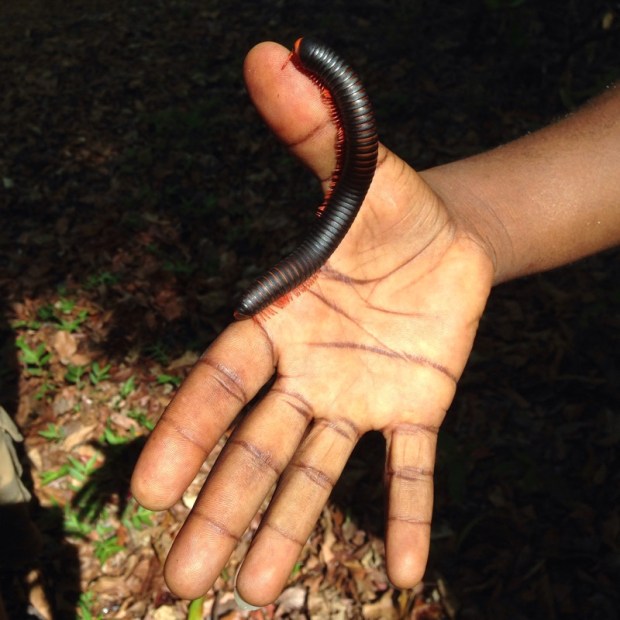 to the top canopy where monkeys swung and eagles swooped.
to the top canopy where monkeys swung and eagles swooped.
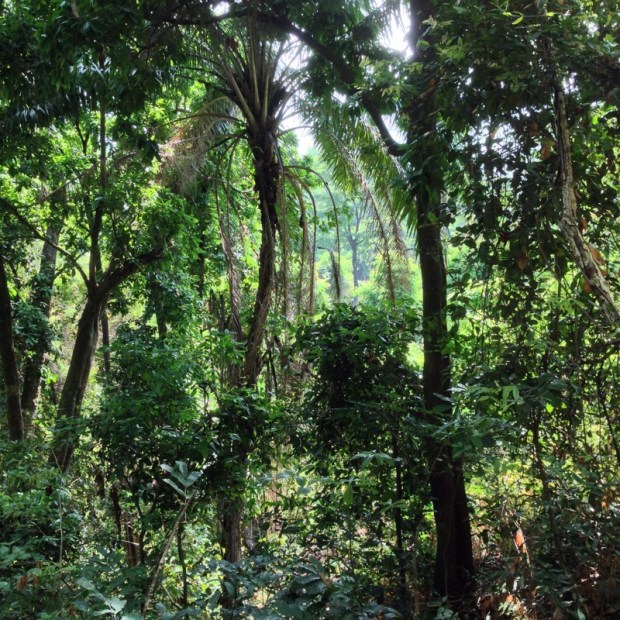 We climbed in dappled shade up to and over the river which fed the falls.
We climbed in dappled shade up to and over the river which fed the falls.
 Shortly arriving at the first, 30m cascade ,that we weren’t allowed to swim in , we carried on to the next 70m one that we could.
Shortly arriving at the first, 30m cascade ,that we weren’t allowed to swim in , we carried on to the next 70m one that we could.

 After a very refreshing swim and “power shower” under the torrent we moved on to reach the top rocks of the 170m Sanje waterfall where we had our picnic lunch overlooking the sugarcane fields and rubber plantations stretching away to the east.
After a very refreshing swim and “power shower” under the torrent we moved on to reach the top rocks of the 170m Sanje waterfall where we had our picnic lunch overlooking the sugarcane fields and rubber plantations stretching away to the east.
 From up here we could hear the wild beats and banging bass of the post sugar cane harvest party happening in the village below. Fuelled by the cane rum and probably some “psycho” leaf, there was no let up day or night.
From up here we could hear the wild beats and banging bass of the post sugar cane harvest party happening in the village below. Fuelled by the cane rum and probably some “psycho” leaf, there was no let up day or night.
We were nearly back down to the road before a gap in the greenery allowed for a view back to the falls and an appreciation of what had been below us as we dined al fresco.
 There was a cacophony of bizarre bird calls, mostly from unseen sources deep in the greenery, including our camp’s namesake the Hondo Hondo bird, a kind of Hornbill,whose plaintive cry resembles a mournful baby. We saw some gymnastics performed by black and white Colobus monkeys and startled a shy red Duiker, looking something like a small deer ,but most of the wildlife remained elusive, including the 70 endemic species of spider luckily.
There was a cacophony of bizarre bird calls, mostly from unseen sources deep in the greenery, including our camp’s namesake the Hondo Hondo bird, a kind of Hornbill,whose plaintive cry resembles a mournful baby. We saw some gymnastics performed by black and white Colobus monkeys and startled a shy red Duiker, looking something like a small deer ,but most of the wildlife remained elusive, including the 70 endemic species of spider luckily.
Soon enough I was drinking cold beer in the deckchairs watching a large gang of mongoose getting seen off by a deadly Gaboon Adder.
The next day was an early start to the Park HQ to pay our dues and pick up Gordy and an armed ranger to protect us from rampaging buffalo and elephants. We were tackling the 14km /8hr Hidden Valley Trail which promised to be steep and slippery.
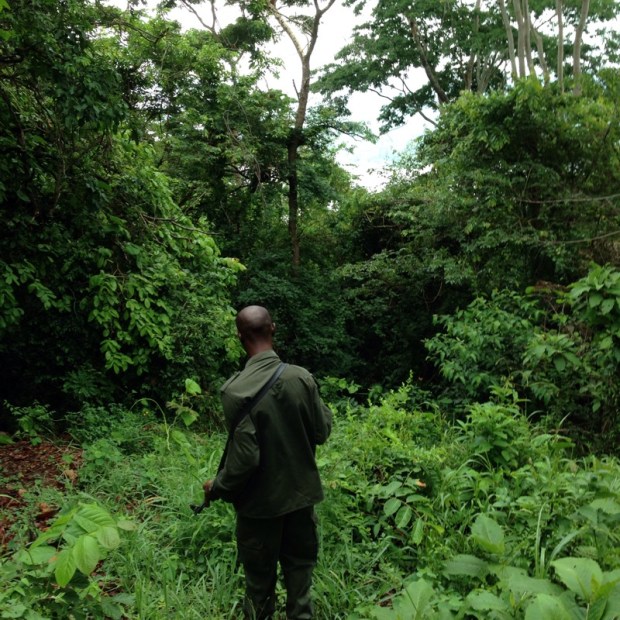 The Kalashnikov toting ranger kept up a steady pace at the front and we didn’t have the frequent stops to describe and explain things but the going was slow enough on the steep uncleared paths, passed elephant Poo and into the cloud. The cloud was thick and deep so for awhile it was very dark and drippy- proper rainforest hiking through the sodden vegetation.
The Kalashnikov toting ranger kept up a steady pace at the front and we didn’t have the frequent stops to describe and explain things but the going was slow enough on the steep uncleared paths, passed elephant Poo and into the cloud. The cloud was thick and deep so for awhile it was very dark and drippy- proper rainforest hiking through the sodden vegetation.
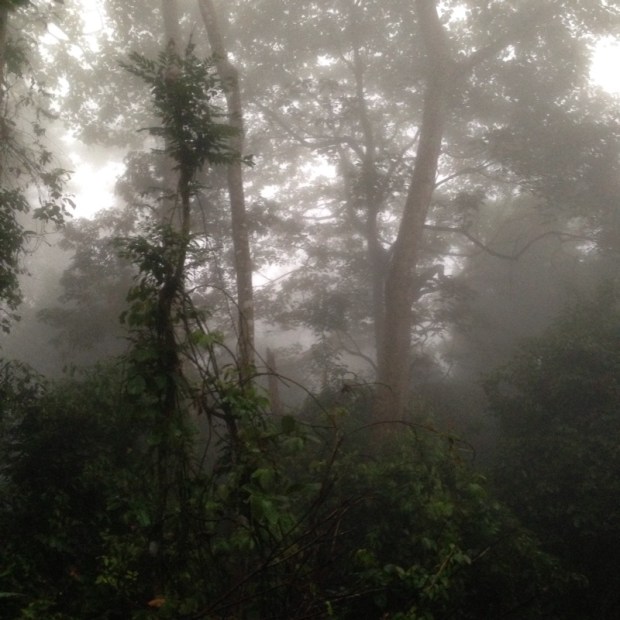 It was a strenuous climb and after 4km we did a short detour down to another waterfall and slabs of very slippery rocks where we filled our water bottles and had some food to give ourselves energy for the big push to the peak.
It was a strenuous climb and after 4km we did a short detour down to another waterfall and slabs of very slippery rocks where we filled our water bottles and had some food to give ourselves energy for the big push to the peak.
 The humidity and the gentle rainfall ensured our clothes were soaked and with the tropical sun lost behind cloud it didn’t take long to start feeling cold when we reached the top after about 4 hours. With no view visible through the thick foliage we carried on crisscrossing the river and across the grassy, more open valley.
The humidity and the gentle rainfall ensured our clothes were soaked and with the tropical sun lost behind cloud it didn’t take long to start feeling cold when we reached the top after about 4 hours. With no view visible through the thick foliage we carried on crisscrossing the river and across the grassy, more open valley.
 No elephants but more poo and broken strings across the trail set up to establish their routes. We did come across a much smaller species, snails, but these were the giant land snails. A couple of hermaphrodites were in a lovers embrace.
No elephants but more poo and broken strings across the trail set up to establish their routes. We did come across a much smaller species, snails, but these were the giant land snails. A couple of hermaphrodites were in a lovers embrace.
 As we descended from the valley the forest changed again with more widely spaced but huge trees with massive spans, giant bamboos and lianas, and some impressive roots and buttresses.
As we descended from the valley the forest changed again with more widely spaced but huge trees with massive spans, giant bamboos and lianas, and some impressive roots and buttresses.
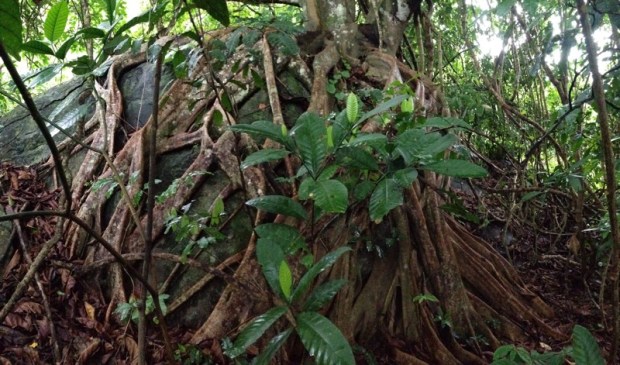 There were some spectacular acrobatic aerial displays from troops of red colobus, Sanje crested Mangabey, black and white colobus, blue monkeys and yellow baboons. Unfortunately we had also seen, and felt, Tetsie fly, a tough critter similar to our Horsefly but with a nastier bite.
There were some spectacular acrobatic aerial displays from troops of red colobus, Sanje crested Mangabey, black and white colobus, blue monkeys and yellow baboons. Unfortunately we had also seen, and felt, Tetsie fly, a tough critter similar to our Horsefly but with a nastier bite.
We had made good time on the route and it was congratulations all round when we got back down to the road but our time in the jungle was up, the next day we were heading for the Mikumi National Park.
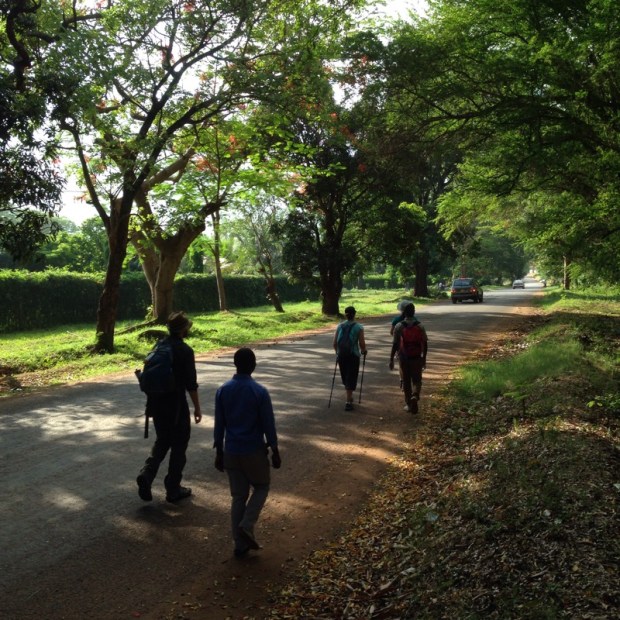





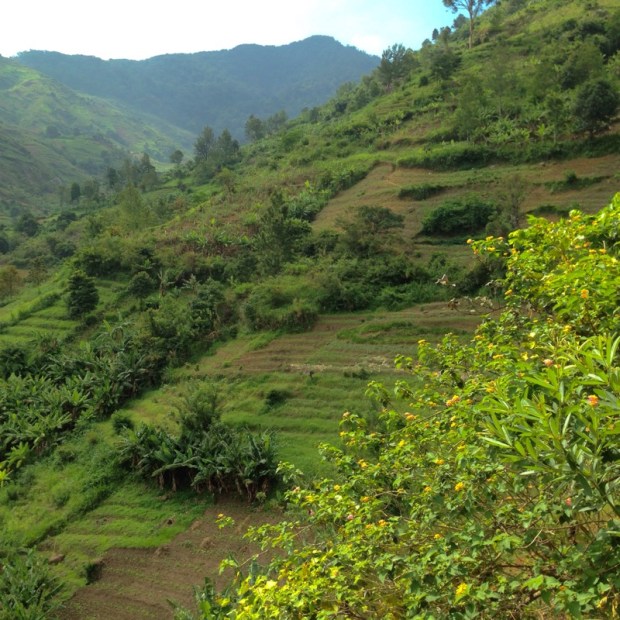



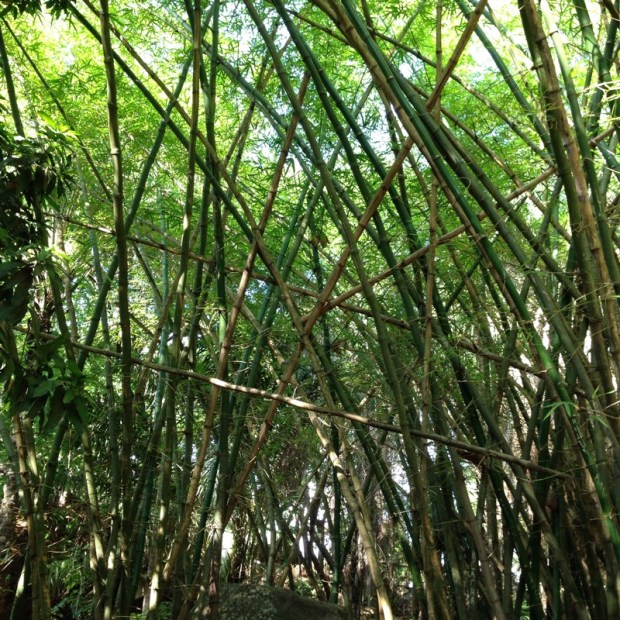

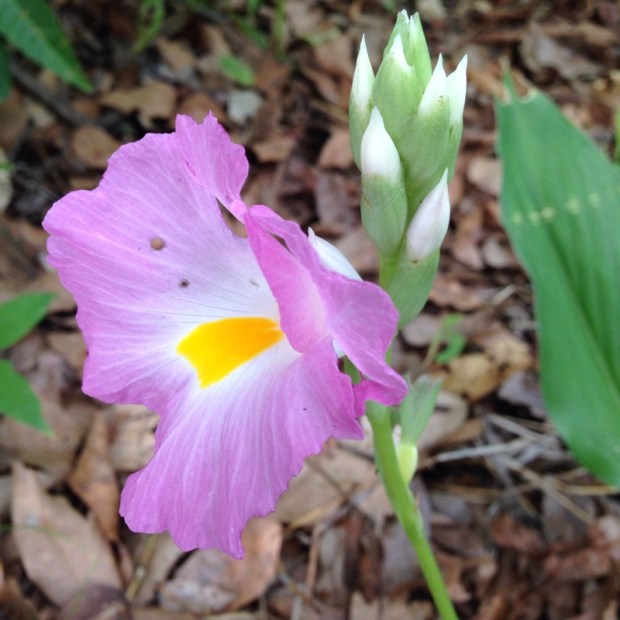

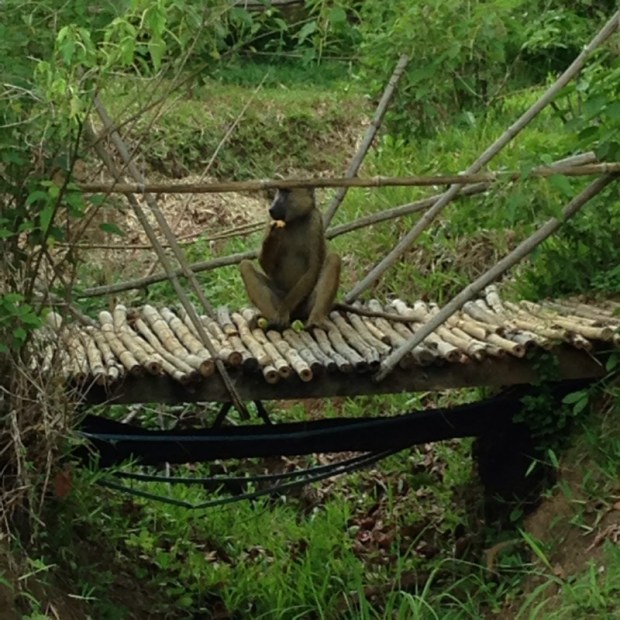



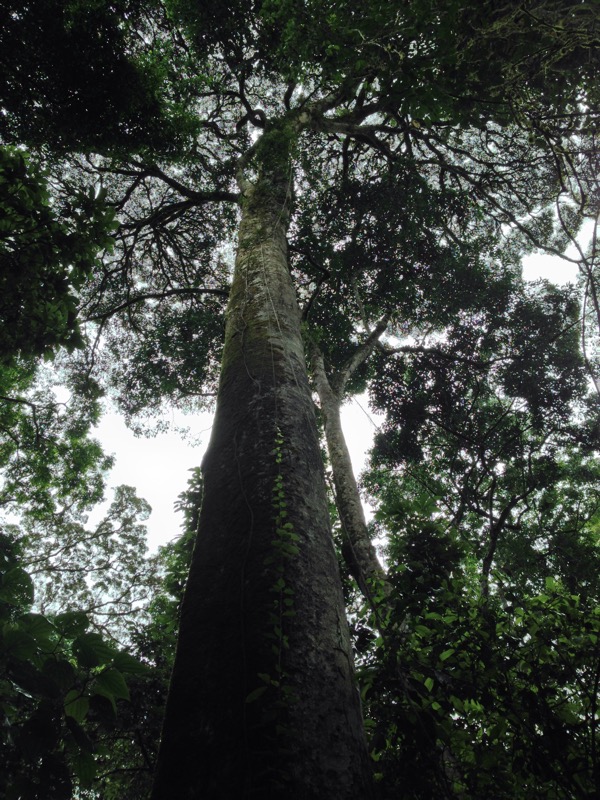

Great photos Steve!. I liked the log hive one. I made a log hive exactly the same years ago!
LikeLike
Superb photos Steve, what a find, thanks.
Steve, I learnt only yesterday that I’m likely to be in Morogoro for a few days later this year. I taught there as a volunteer teacher 42 years ago! I was already planning the Morningside trek when I found your log/blog. now I’m off to check out the Masaai Airbnb, just what I will need.
Llooking forward to reading more & showing this to my Beloved when he gets home from work. He also was a volunteer, an agriculture advisor then a Volunteer Co-ordinator for VSO. We caught up with each other a few years after we were both back from East Africa & have been together ever since.
Regards
Mari’ Brown nee Harkin
LikeLike
Well that’s great. I’m glad you found this little blog amongst the huge sea of Internet info. We had a great time with Ibra and Fanny, send them our best. Good luck on your trip down East African memory lane.
LikeLike